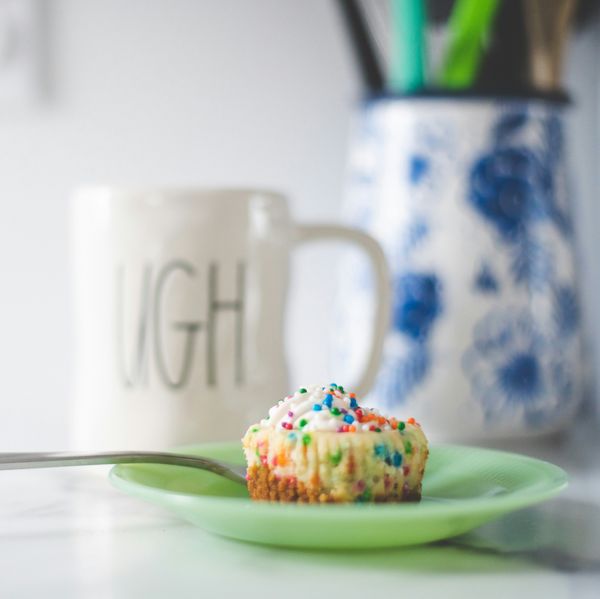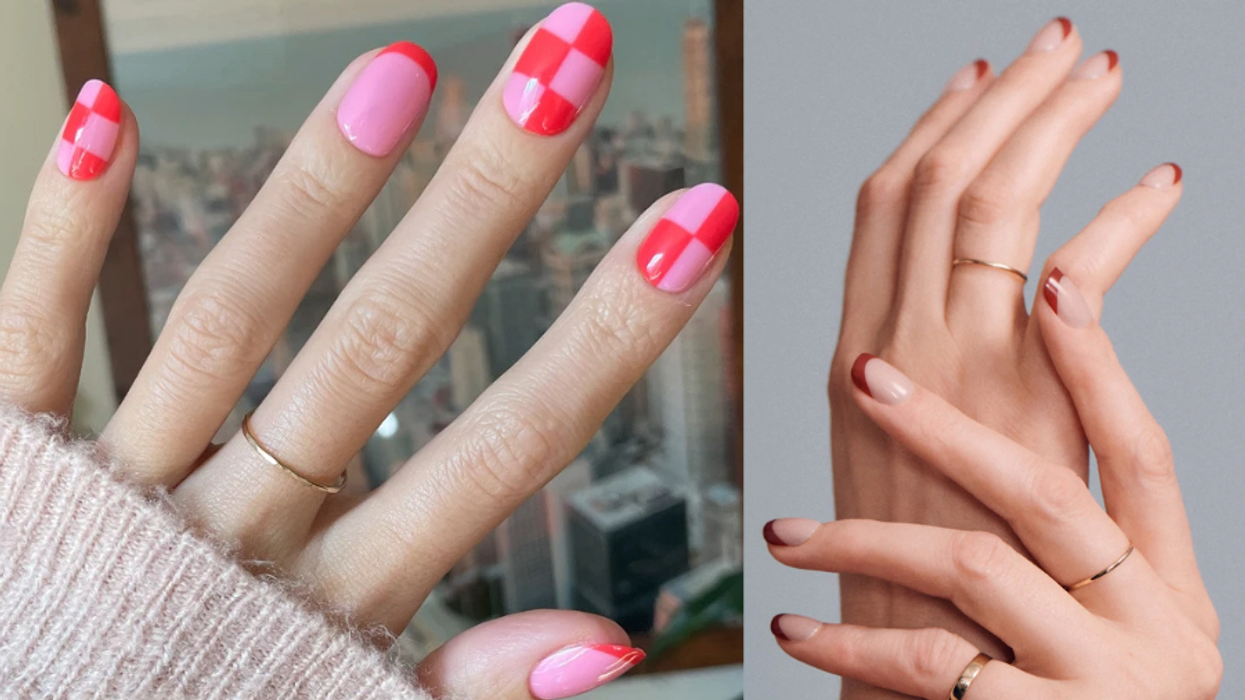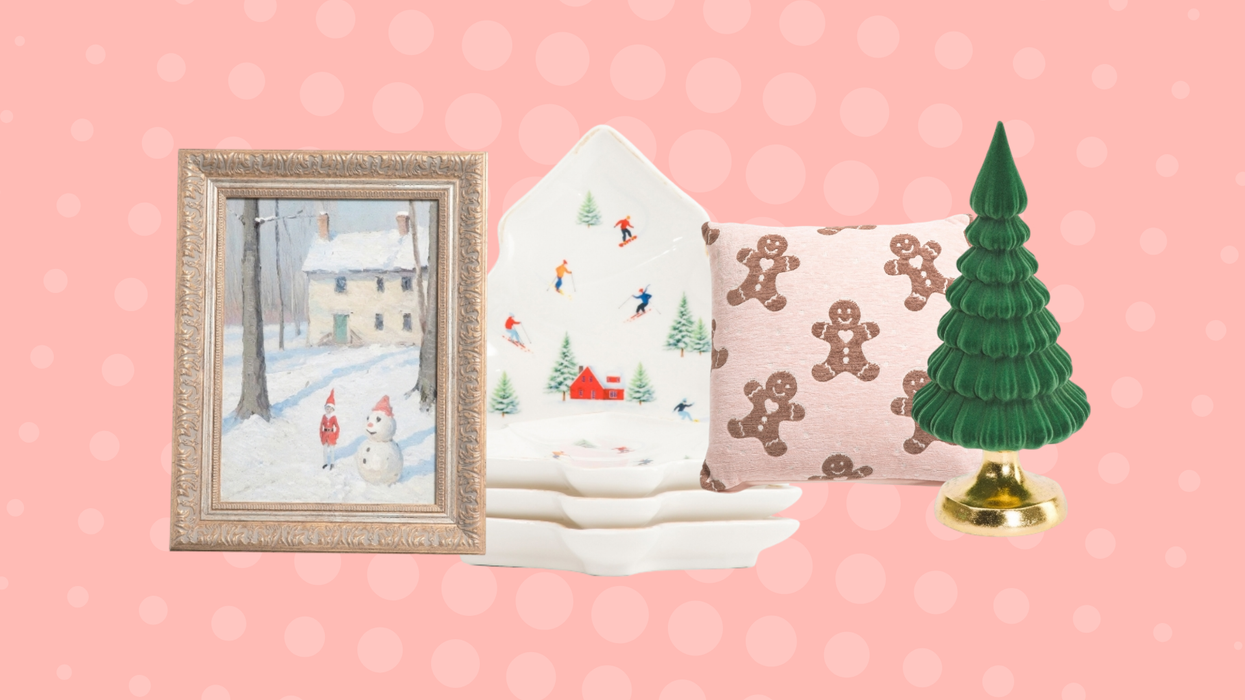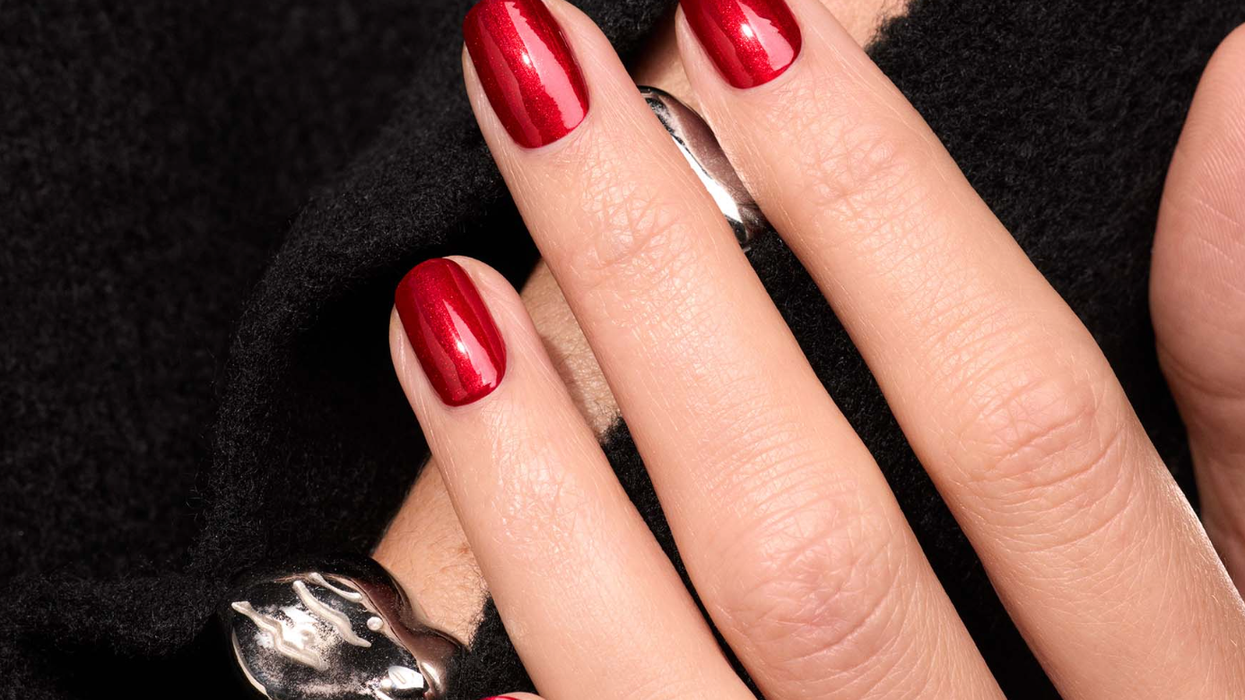A shoe can’t actually make you run better.
Everything You Thought You Knew About Running Shoes Is Wrong
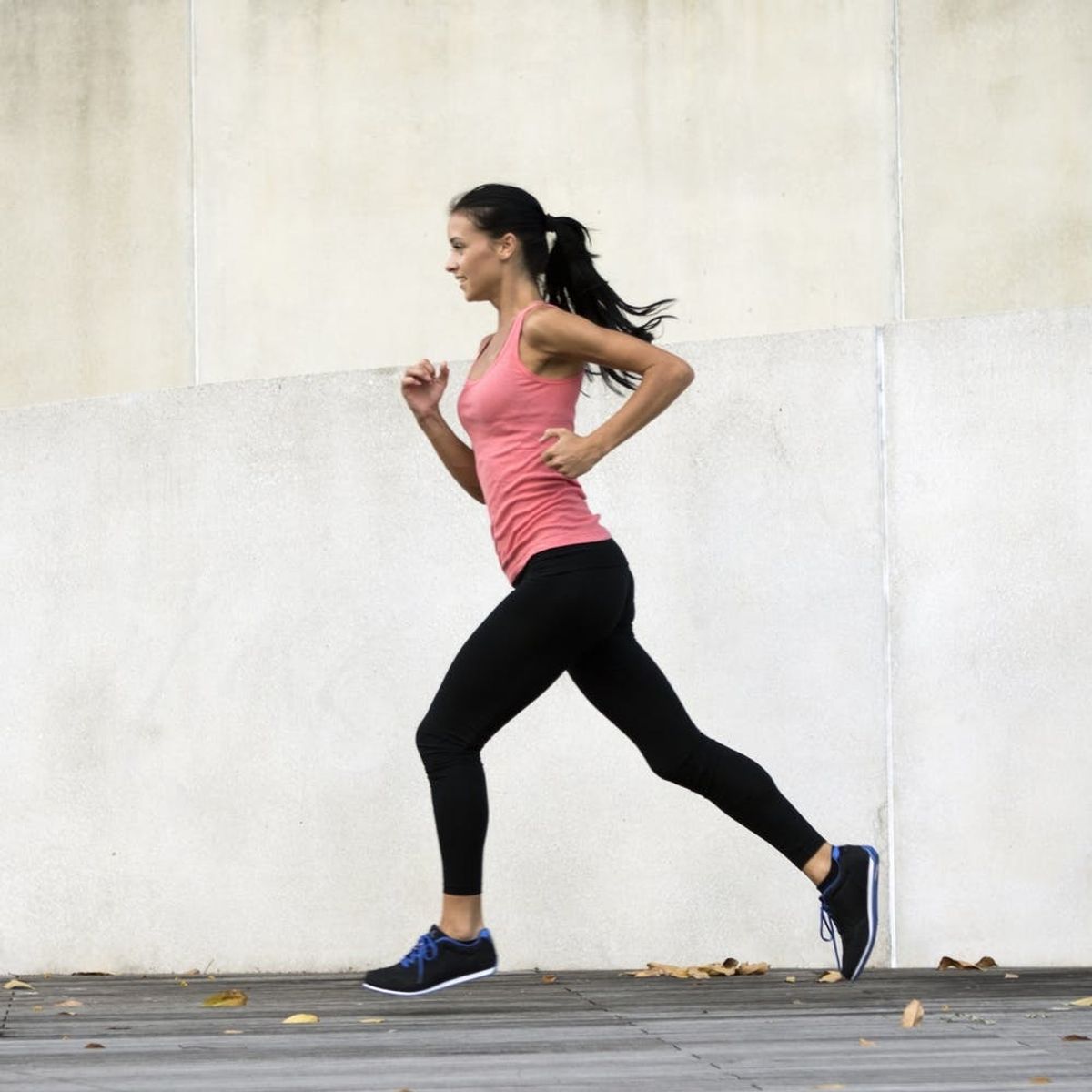
Lesley Chen is a California native who writes about travel, health/fitness, and other lifestyle topics. She has a serious case of RBF and exercises mainly to balance out an aggressive candy addiction.
Anyone who has shopped for running shoes in today’s world knows the almost paralyzing number of choices available — once you’ve sorted through brands and colors, there are countless different technological specs, sole materials (foam, gel, even air), and arch support types. But what if all of these options don’t actually make a difference?
Golden Harper, founder of Altra, a running shoe and apparel company, took a look at the modern running shoe and decided to take it apart, literally. He noticed that the traditional shoes — cushioned in the heel more than in the toe area — being sold in his parents’ store were actually contributing to customer injuries. So he began working on a new design by hacking up shoes, using a toaster oven to melt the soles, taking the excess cushion out of the heel, and gluing them back together. This was essentially the first version of Altra’s now signature “zero-drop” shoes, where the heel and the forefoot sit at the same distance from the ground. Customers with injuries tested out the prototype, and soon word-of-mouth spread, and people started coming in and asking to buy them. Harper traded the toaster oven for a local cobbler and sold a thousand pairs of modified shoes the first year. Unable to get large shoe manufacturers to pick up his zero-drop concept, Harper decided to make the shoes on his own. He partnered with executives from Nike and Adidas to help with the production side, and Altra was born.
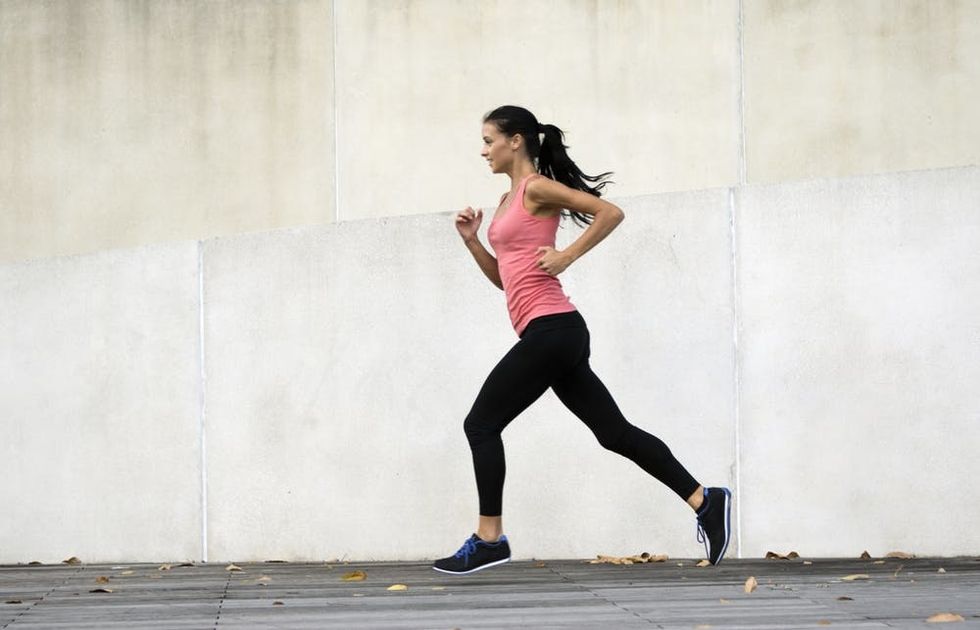
By using scientific data and studying healthy feet (in the beginning, Harper traced the foot shape of numerous customers who had never had foot problems and then made a composite), Harper created a shoe to allow people to run as naturally as possible. The result was a foot-shaped toe shoe that was weight balanced from heel to toe, to keep the foot in its most natural position. Says Harper, “The shoe almost has to not be there… like it’s part of the ground. It’s like you’re going running barefoot, but you’re doing it on a soft, cushy surface to pull pressure off your feet.”
While most shoes are based on a marketing platform, Altra’s running shoes, says Harper, are based on a functional one. Here he helps us dispel the common myths we’ve all believed about running shoes.
1. Cushioning won’t protect your joints. For decades, shoe companies have marketed that new cushioning technology will help protect your body. “There has never been a single study in history that showed that cushioning protects your joints in any way, shape, or form,” Harper tells us. “And most of the studies that have been done show the opposite — the more the heel cushioning, the more the force gets transferred to your joints from sheer force of impact.”
According to Harper, most modern running shoes are built to have a certain amount of foam in the forefoot, and then double that amount in the heel. When there is extra cushion in the heel, it weighs down the back of the shoe, causing people to strike the ground with their heel first, which has been linked to more injuries than striking the ground with the mid or forefoot.
In the early 2010s, the shoe market swung the other direction when the barefoot trend took off, partly due to runner/author Christopher McDougall. In his 2009 book Born to Run, McDougall studied the Rarámuri (Tarahumara), an Indigenous group in Mexico’s Copper Canyons, whose members regularly ran hundreds of miles without injury, wearing only flat huarache sandals. Sales of barefoot running shoes spiked… and shortly after, so did foot stress fractures and injuries. Harper says it wasn’t because the shoes were necessarily bad, but that modern running shoes, with their elevated heels, had weakened feet. So when people all of a sudden switched from cushioned, supportive shoes to barely there foot gloves, their feet weren’t ready to take the extra load. Harper says, “It’s akin to not lifting weights for 10 years and then going to the gym and lifting for five days straight and hoping something won’t break.” And while foot related injuries did increase, Harper says of the barefoot shoes, “In my time in selling running shoes since 1991, I’ve never seen anything that was so amazing at helping people with lower back problems or knee issues or shin splints.”
There is however, evidence that cushioning will protect your feet. Running on rocky surfaces or urban roads full of dangerous obstacles aren’t natural activities for average humans to do with any sort of protection on their feet. So some cushioning — the correct cushioning — can allow you to do things that otherwise wouldn’t be possible (think running in the snow or on a mountain).
2. You don’t need to choose shoes according to your arches. Pronation, the amount that a foot rolls inward when it hits the ground, is a natural movement that absorbs and distributes impact. You’ve probably read that overpronation (generally associated with flat arches) is bad for you, and in order to fix it, numerous websites and running stores make shoe recommendations based on your arch height (e.g., motion control, neutral, stability). Harper calls that “complete scientific bogus crap.” He says that while arch height matters in relation to the strength of your foot, it isn’t a factor that should help a majority of the population to choose a shoe.
In fact, a study published in the British Journal of Sports Medicine showed no correlation between pronation and injuries. Various studies (like this one with Marine Corps recruits and this one with female runners) have shown that there is no evidence that wearing specific shoes according to your arch height reduces injuries. In the latter study, runners who ran in shoes based on their foot type had injuries at the same rates as those who chose shoes at random. On top of that, there are studies that have shown that shoes designed to prevent overpronation don’t even alter pronation. Says Harper, “When you put bone markers on people’s feet, their feet are moving/pronating the exact the same amount inside the shoe.”
3. Running shoes don’t reduce injuries/cure foot problems. Humans have been running since the beginning of time, either barefoot or with minimal shoes. Despite the invention of the modern running shoe in the ’70s, and all the subsequent technological upgrades and patented bells and whistles, running-related injury rates have not declined.
“Air, gel, HydroFlow, grid — all these technologies have not reduced injuries because the paradigm is all wrong,” Harper explains. “The paradigm that cushioning will prevent injuries isn’t true, and therefore it doesn’t matter what cushioning technology you use.”
Studies have shown that modern footwear has actually weakened our arches and changed our natural running gait, increasing the likelihood of knee, achilles tendon, heel (plantar fascia), and other chronic injuries. So if your feet hurt, don’t think going out and buying a pair of running shoes is going to be a cure-all.
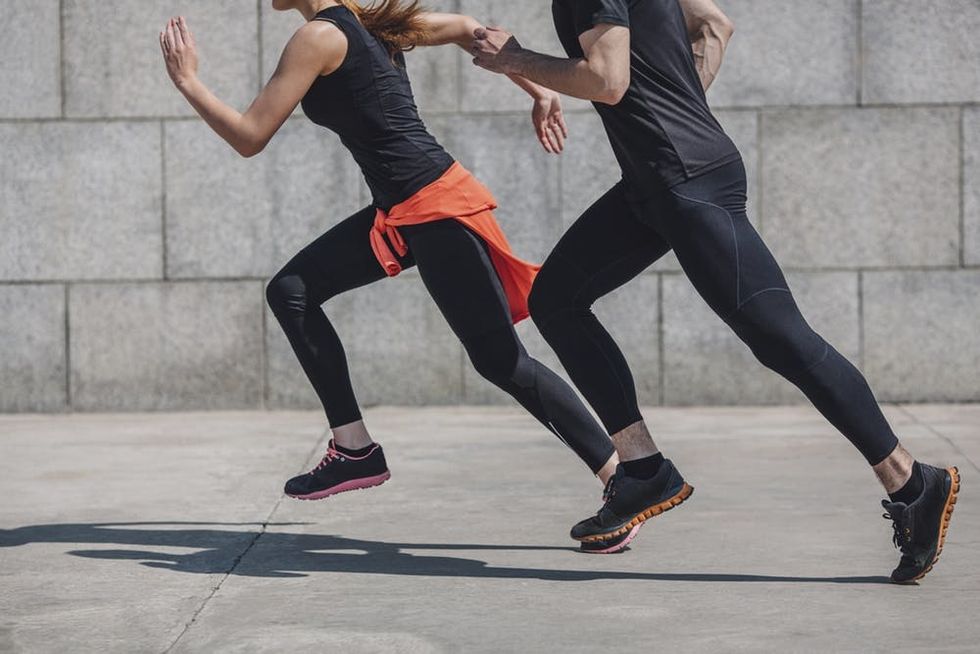
4. Getting a running shoe will help you run better. “Statistically speaking, we can take any random Joe on the street and film them with a slow motion camera, and they actually run better in their flat hard Converse chucks than some of their cushioned running shoes,” says Harper.
Feet are incredible adaptable body parts, designed to allow us to move efficiently across a variety of surfaces. And as they’ve gotten used to soft, supportive shoes, they’ve adjusted to rely on cushioning and be less functional themselves — modern running shoes have basically changed the way people run, for the worse. You can’t strap on a certain pair of shoes and automatically be a better runner. Yes, shoes can affect the way you run (e.g., changing your stride based on how much cushioning there is), but how you run (having the proper technique) regardless of shoe is more important. (Case in point: Numerous distance runners have run — and even won — marathons without shoes.)
5. Running injuries come from running on hard surfaces. “The reality is that we see more injuries on tracks and treadmills than on pavement,” Harper shares. “Most running injuries are due to muscle imbalances created by repetitive motion and by running poorly or unnaturally.” Feet naturally have sensors and nerves that send signals to the brain to adjust your body’s shock absorption when running on different surfaces. “All we need to do is get people doing what humans were designed to do, which is ambulate over uneven terrain. It doesn’t matter if that running terrain has to be rock or cobblestone or grass, as long as the hips dip and the knees dip and it causes the feet to hit at different angles.”
Brit + Co may at times use affiliate links to promote products sold by others, but always offers genuine editorial recommendations.
(Photos via Getty)


